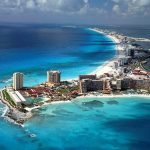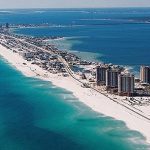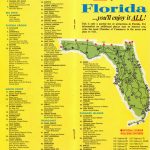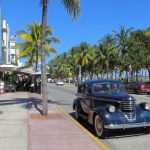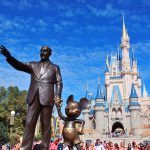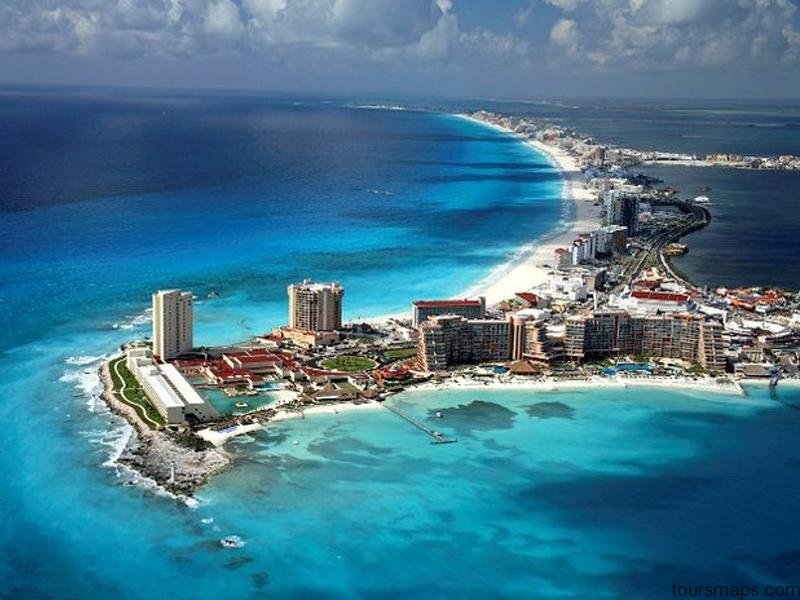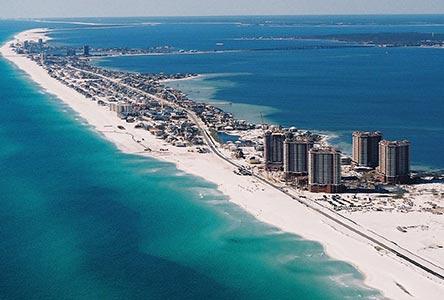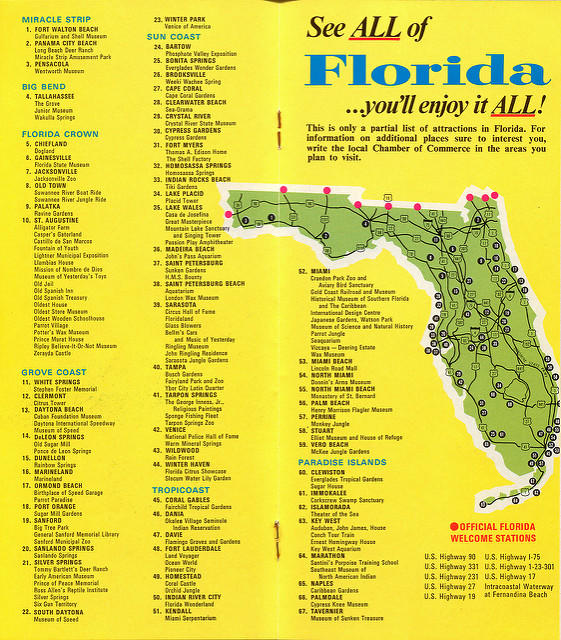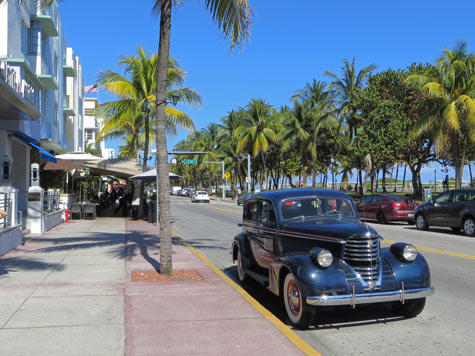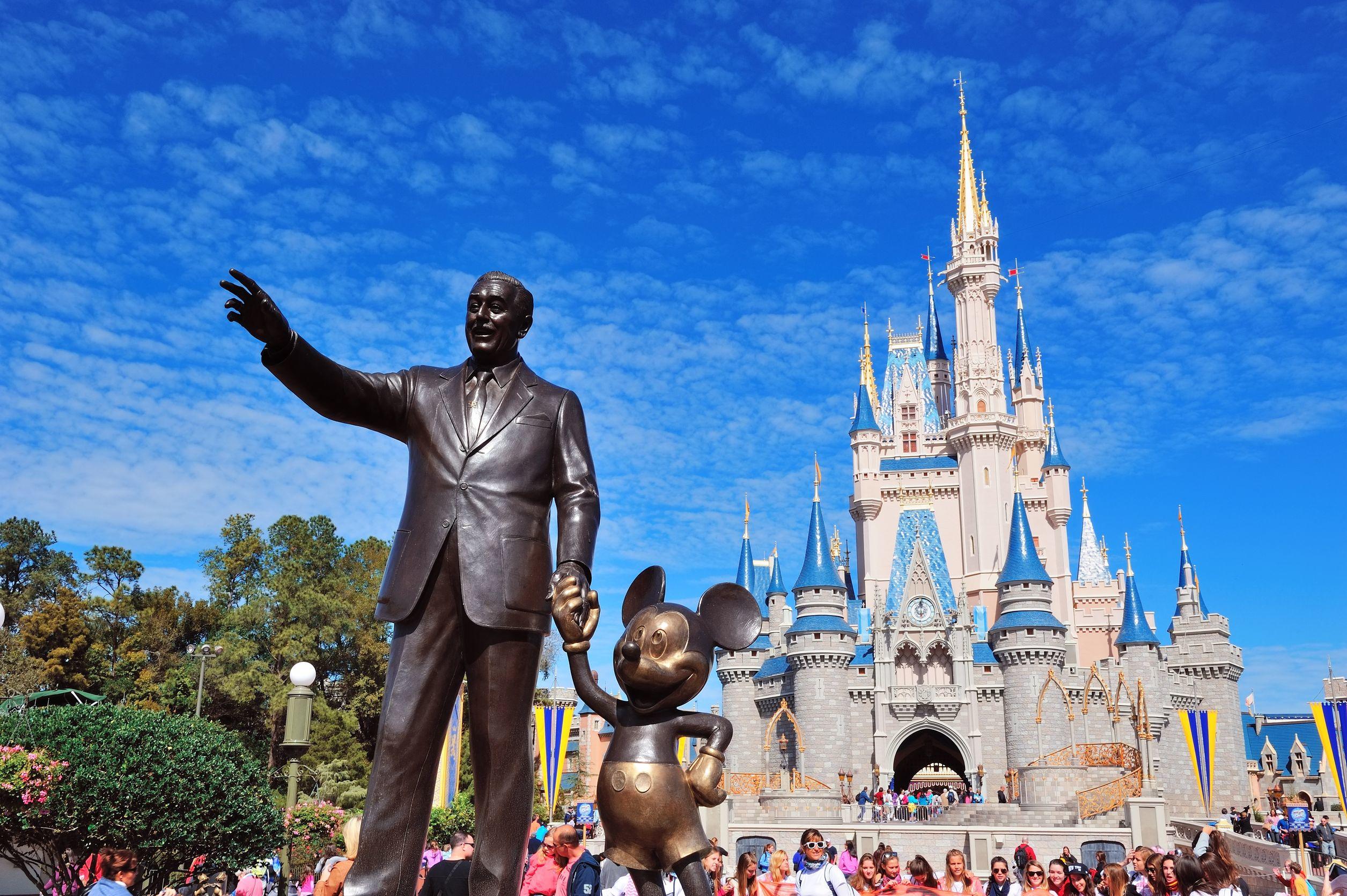Florida historical overview
Hurricanes and the fountain of youth were at the heart of the Spanish colonial enterprise of Florida, and in many ways, nearly 500 years later, those two physical phenomena continue to define Florida. In 2004 and 2005 several hurricanes hit Florida, leaving devastation in their wake. And although the fountain of youth was never found, anyone who takes a walk down the boardwalk in Palm Beach or Miami Beach would swear that the cosmetic surgeons have gotten close enough. But it was really hurricanes that in many ways defined Florida’s earliest existence and also defined Florida’s earliest Spanish presence. Too swampy for serious building in the colonial period, too subject to hurricanes for permanent structures, and lacking a densely settled imperial Indian population for taxation, Florida was for hundreds of years a kind of backwater and buffer zone against the imperial pretensions of the French and English to the north. Unlike Havana, with which Florida has had a long relationship, Florida was off the main trans-Atlantic commerce routes. Of course, Florida’s status as a backwater and extension of the Old South changed dramatically in the second half of the twentieth century.
The twentieth century in Florida witnessed a radical re-Hispanization of the state. As of 2005 the state itself was home to more than 1 million Cubans, close to 650,000 Puerto Ricans, half a million Mexicans, almost a quarter million Colombians, 120,000 Dominicans, over 100,000 Nicaraguans, and thousands of
Hernando De Soto, soldiers, sailors, and priests landing in Florida, from 1855 engraving. Courtesy of the Library of Congress, Prints & Photographs Division.
Latinos from all over Latin America. Latinos now make up just under 20 percent (approximately 19.6 percent as of 2005) of the total population of Florida.1 Miami-Dade County, home famously to the largest concentration of Cubans in the United States, is just over 60 percent Latino.2 How Florida went from being a colonial outpost of the Spanish New World endeavor to being a U.S. territory and slave state, a state with the highest lynching rates of any southern state in the early twentieth century, to a state with a vast amalgamation of Latinos from all parts of Latin America, is the story of this chapter.
Like some parts of the U.S. Southwest notably New Mexico and, to a lesser extent, California Florida has a long political history as part of the Spanish Empire. But Florida did not have a historically consistent Latino presence. Prior
to the nineteenth century, Florida had been sparsely populated, and the Spanish presence from the sixteenth through the eighteenth centuries, although consistent from an administrative and territorial perspective, was never deep or wide-ranging. Instead, even though Florida was a Spanish possession for nearly 300 years, it would take a revolution in Cuba in 1959, an exodus and migration to Miami, a booming cocaine trade from Colombia in the 1980s, counterrevolutionary migrations from Nicaragua and Venezuela, waves of migrations from Central and South America, and agricultural migrations from Mexico to transform Florida into one of the United States’ most diverse Latino populations.
One joke is that if one wants to lie on the beach and speak English, one should go to Cancun, and if one wants to lie on the beach and speak Spanish, one should go to Miami. In a highly globalized economy and world system in which Miami lies at the heart of the Caribbean basin, international borders and linguistic debates about English-only legislation seem to fall largely on deaf ears in Florida.
But despite this pluralism and diversity, Florida is also a deeply divided place a place where accents determine business transactions, where national identities are held so dear that, rather than cosmopolitanism, Florida is better characterized by ethnic factionalism, provincialism, and racism. The Cuban Republican U.S. senator from Florida Melquiades (Mel) Martinez had this to say about the use of the Mexican flag on April 8, 2006, after hundreds of thousands of predominantly Mexican migrants staged rallies across the country for immigration reform: I think it’s terrible . . .
But if what this is about is the opportunity to be an American, to be a resident of America, to work in America and, ultimately, to be a citizen of America, they need to be carrying American flags.3 But Martinez is not to be found to protest when Cubans wave the Cuban flag on news of the potential demise of Castro, at the restaurant Versailles, or at the ubiquitous presence of Cuban flags from rearview mirrors of cars in Miami. The Cuban flag waves proudly at the entrance to downtown Miami from the Freedom Tower in front of the American Airlines Arena, and neither Senator Martinez nor any other Cuban political leader has ever protested this as un-American or somehow disparaging the preferential treatment that Cubans received from the United States as pawns in the Cold War.
What it really comes down to is a politicized division between Latinos and between Cubans, who are predominantly white, and African Americans, between individual Latino groups, and between Latinos and Anglos, in Florida. In the fall of 2006, Cuban Hialeah-based state legislator Ralph Arza repeatedly referred to Miami schools superintendent Rudy Crew (who is African American) as a nigger, all the while enjoying the support and loyalty of his constituency and political cronies. Only after Arza and his cousin Gus Barreiro were caught on tape repeating the same language, threatening other legislators, and eventually charged with witness tampering felonies did Arza step down from the legislature.
Tellingly, part of his mea culpa was tempered with self-pity in which he said he felt sad that people considered him a racist.4
These are mere vignettes but they go a long way toward highlighting the deep ethnic, racial, and ideological divisions that drive Floridian Latino identity. Whatever one thinks of the political identity of Latinos in Florida, the issue of national identity and flags is a clear symbol for the division, not unity, of Latino identity in Florida.
Florida Guide For Tourist Photo Gallery
Maybe You Like Them Too
- Top 10 Islands You Can Buy
- Top 10 Underrated Asian Cities 2023
- Top 10 Reasons Upsizing Will Be a Huge Travel Trend
- Top 10 Scuba Diving Destinations
- The Best Cities To Visit in The World

